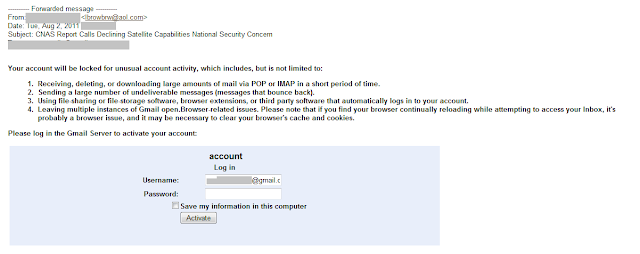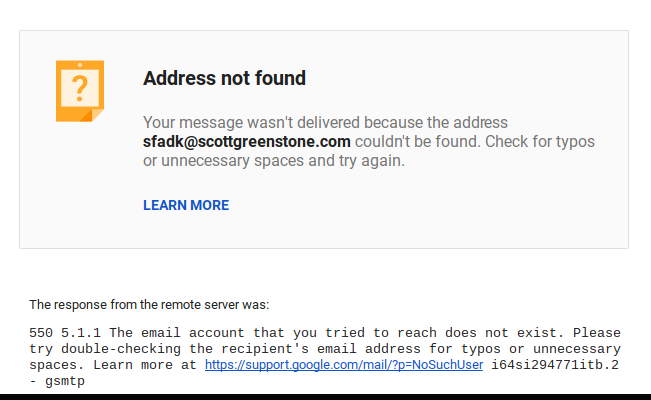
For example, if I wanted to create some sort of filtering for newsletter subscriptions, I could use the following email address as my here that I am appending "+newsletters" to my username. To enable more effective filtering, GMail allows its users to use plus-style addressing to append arbitrary values after the username in their email addresses.

This morning, I decided to revisit this approach, this time using SmarterMail rather than GMail as the SMTP server. Unfortunately, when you send email using GMail as your SMTP server, custom Return-Path values are ignored no matter what FailTo address or CFMailParam Return-Path header you define, GMail uses the SMTP login username as the outgoing Return-Path header.

The approach used GMail's plus-style (+) address functionality to embed email meta data directly into the FailTo address of ColdFusion's CFMail tag. The other day, after some inspiration from Jose Galdamez, I tried tracking bounce back emails with GMail.


 0 kommentar(er)
0 kommentar(er)
